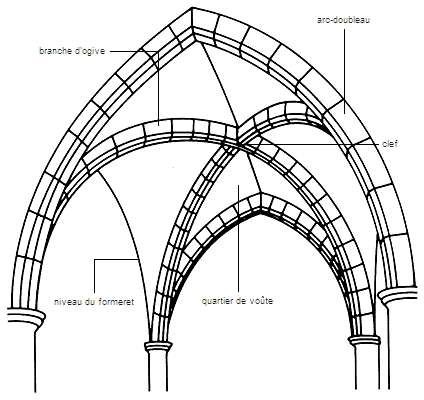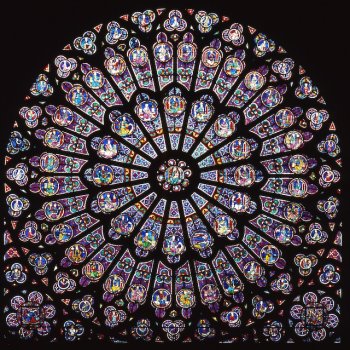The first walk is called "Paris in Layers: Notre Dame, Sainte-Chapelle, Conciergerie." I actually took this walk on Saturday, but as life in Paris tends to get a busy, you're getting my reflection today!

We started here, at the Hôtel de Ville. It's basically an administrative building for the city of Paris. It used to be called Place de la grève. The word 'grève' literally means 'sandy shore,' but thanks to the numerous demonstrations (still!) held on the open square in front of this building, the word has come to mean 'strike,' as in, "Because of the strike, she was unable to repair the lock in time to be able to leave for her holiday" (which phrase I've borrowed from an article on why Artificial Intelligence doesn't work and the philosophy of language sent to me by my friend Timothy Wright). Phew, forgive all that nonsense.
Mostly, Hôtel de Ville is significant for three (equally important) reasons: (a) it's a central meeting point, (b) there are often public demonstrations there, and (c) there's no charge to withdraw cash at the ATM at the post office, and there's one in the building.
The next major stop on the walk was Notre-Dame de Paris, which is probably the most famous and definitely the noisiest Gothic cathedral. Since I took French 361 in Fall from one of my favorite professors of all time, Jesse Hurlbut, I can name all the major features of Gothic cathedrals, including:
the arc-brisé, called a 'pointed' or 'lancet' arch in English (and forgive me, dear architecture buffs, if I'm confusing my English terminology)

the croisée d'ogives, called a 'rib vault' in English

and arc-boutant, or the famed 'flying buttress'

Together, the pointed arch, rib vaulting, and flying buttresses have come to define Gothic architecture. Since pointed arches could support much more weight than earlier arches (en berceau, just plain Romanesque arches), the ceilings in Gothic churches could be way higher, and architects could basically replace walls with windows to let in the light. It's thanks to the innovation of the pointed arch that there are so many stained glass windows in Gothic cathedrals (called vitraux in French).
Another defining feature of Gothic architecture, particularly evident in Notre Dame is the rose window (une rosace in French). A picture isn't going to do the masterpiece any justice, so you'll just have to go sometime, dear friends. Here's a glimpse anyway, though:

Notre Dame is also famous for its gargoyles, a symptom of medieval theology-slash-art-slash-architecture's preoccupation with l'horreur du vide, or 'fear of the void,' which is to say, wherever there's empty space, the devil can come. Medieval architects filled up that void with that ornate stone lace and comical gargoyles to drive out evil spirits!

After Notre Dame came the Conciergerie, which throughout its ridiculously long lifetime has served as a both a royal residence and a prison during the French Revolution, holding such royalty as the (in)famous Marie Antoinette herself. It's an interesting building, but I didn't get any photos of it (although I've been stealing photos from the internet for almost all the photos in this post). We did decide, though, that the big open hall at the entrance, the salle des gens d'armes, would make a great place for a ball (think the Yule Ball out of Harry Potter).
Last of all, but not at all least, came Sainte-Chapelle, which we actually visited on Monday. No way am I going to disgrace that building by putting up photos. You simply have to go. The stained glass is in-cred-i-ble. It will take your breath away--but wait until 2015 to go, because they're doing some heavy-duty restoration work on the stained glass right now, and about 10% of the windows were covered when we went.
But really, Sainte-Chapelle is a sight to behold. Our friend Katherine, when she got to the top of the stairs, said, "Wow! I can feel my heart beating faster just looking at this!" (Then again, those stairs were pretty steep and we took them at quite a clip...)
And there you have it, my friends. A few major historical buildings of Paris, and the promise of more to come!
No comments:
Post a Comment